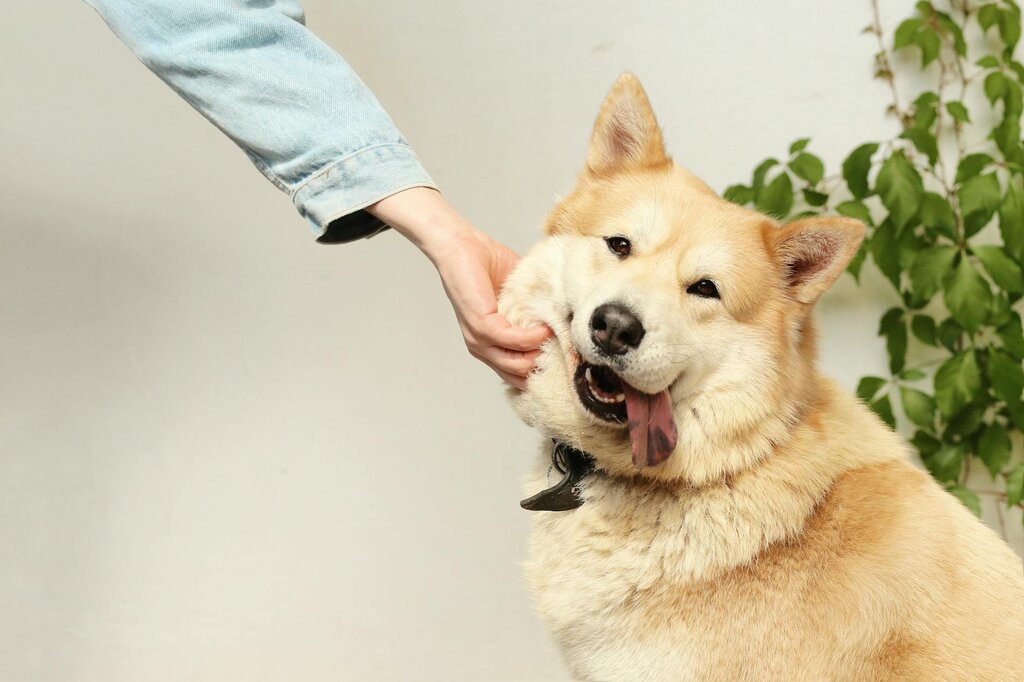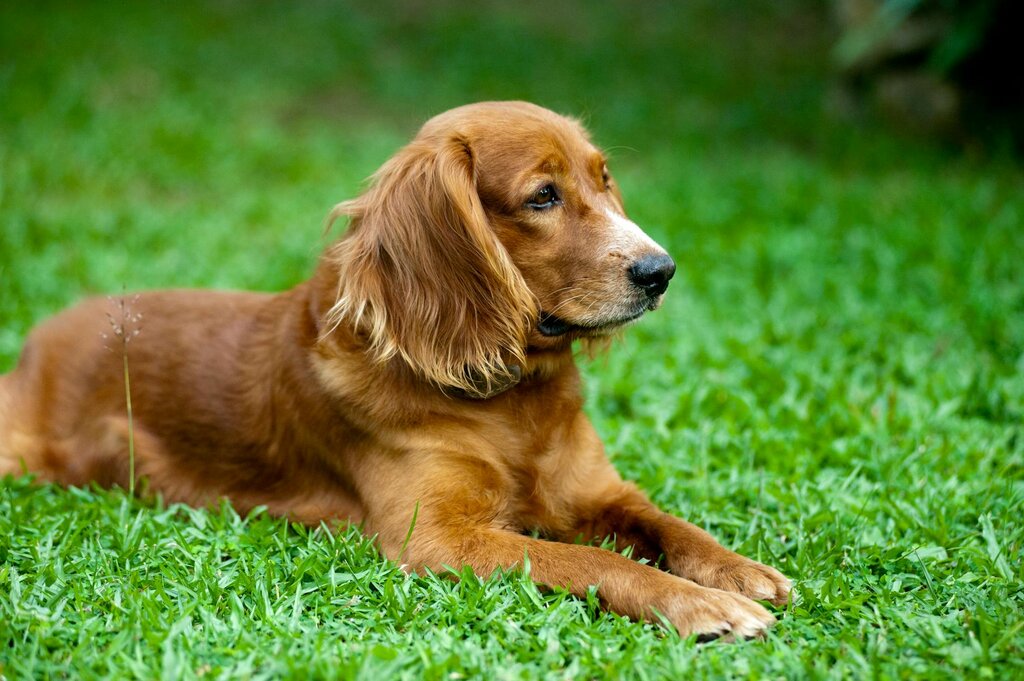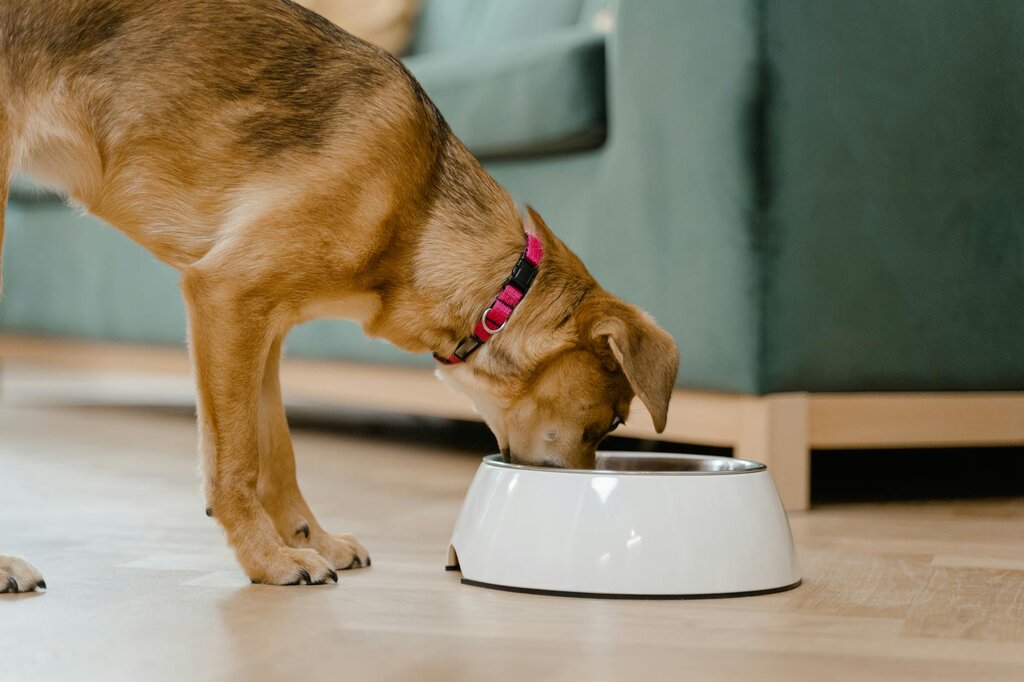There are many factors contributing to potential yeast overgrowth. The most common contributing factor in dogs is allergies. The skin is naturally a barrier to protect the body from organisms in the environment as well as on the skin itself. Skin allergies can cause skin irritation that weakens the barrier and disruption of the normal organism balance that can allow for yeast overgrowth. Other contributing factors to yeast overgrowth can include:
Weakened immune system: A dog' immune system is crucial for controlling yeast populations, and if it is compromised or weakened due to diseases like cancer or some medications like corticosteroids, this could result in yeast overgrowth. Similarly, metabolic conditions like hypothyroidism and Cushing' disease can impact the immune system and skin condition allowing a yeast overgrowth to occur.
Insufficient grooming: Regular grooming and cleaning, particularly in folds of skin or ears, are essential to keep yeast populations under control. Improper cleaning or poor hygiene can create a hospitable environment for yeast, leading to their excessive growth. If you live in a humid environment or your dog regularly has a damp coat, this can also create a highly hospitable environment for yeast overgrowth.
Diet high in sugar and carbs: Yeast requires carbohydrates and sugars to grow and multiply, and food allergies can weaken the skin barrier making it more susceptible to yeast overgrowth. So it is good to avoid offering foods high in carbohydrates and sugars, instead opt for a premium quality dog food, nutritionally balanced and complete diet. If you dog has a food allergy, talk to your vet about which diets might be suitable.
Remember, it's important to consult with a vet if your dog shows any signs of yeast overgrowth, like excessive scratching, redness, or a foul smell. Your vet can help identify the root cause and provide appropriate treatment.
Are certain breeds be more susceptible to yeast infections?
Yes, the susceptibility to yeast infections can indeed vary among different dog breeds due to their genetic makeup and physical characteristics. Brachycephalic breeds, including Bulldogs, Pugs, and Shih Tzus, are particularly prone to yeast infections due to their skin folds. Spaniels, especially American Cocker Spaniels, are also more susceptible because their long, floppy ears can trap moisture, creating an ideal environment for yeast overgrowth.
Because yeast overgrowth often occurs in dogs with underlying skin conditions like allergies, breeds prone to allergies are also often considered at risk of yeast infections. This includes breeds like Labradors, Terriers, Schnauzers, Lhasa Apsos and Poodles. Therefore, owners of these breeds should be extra vigilant for signs of yeast infections and ensure regular and proper grooming.





